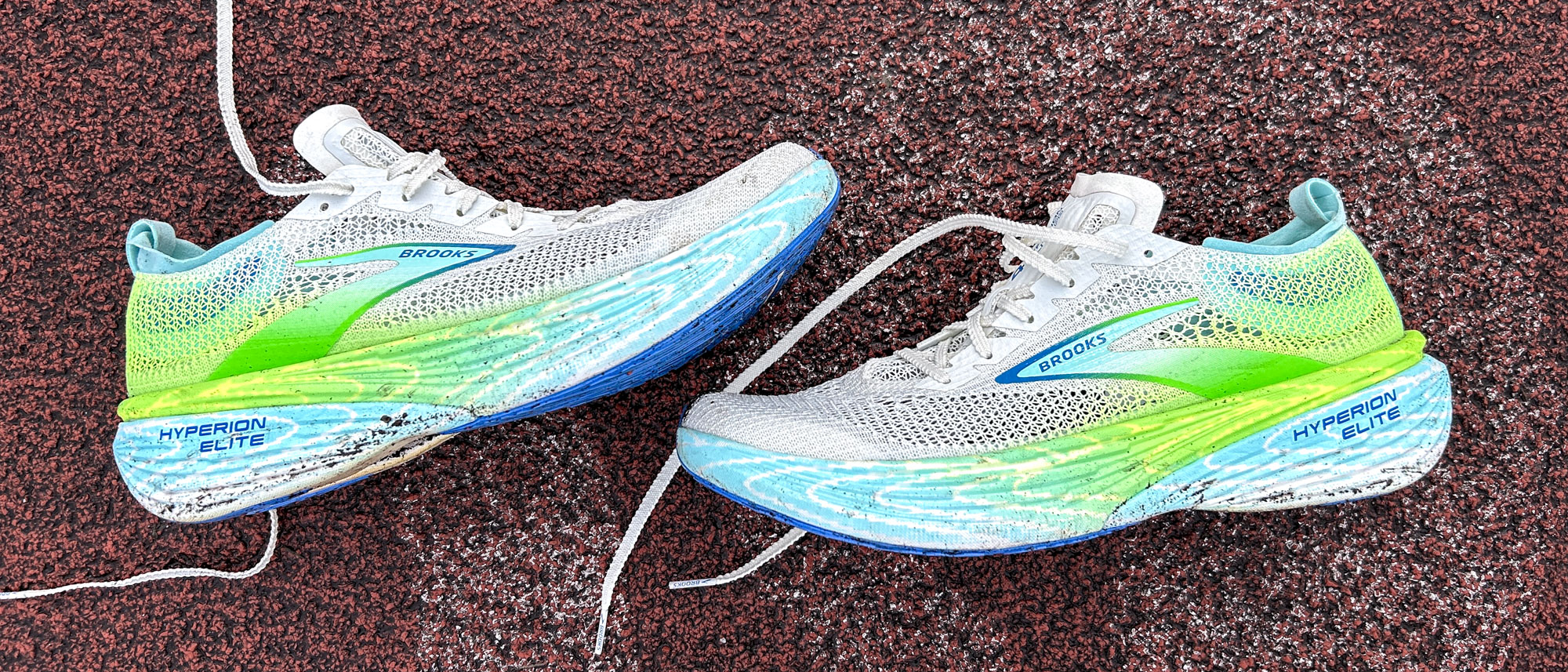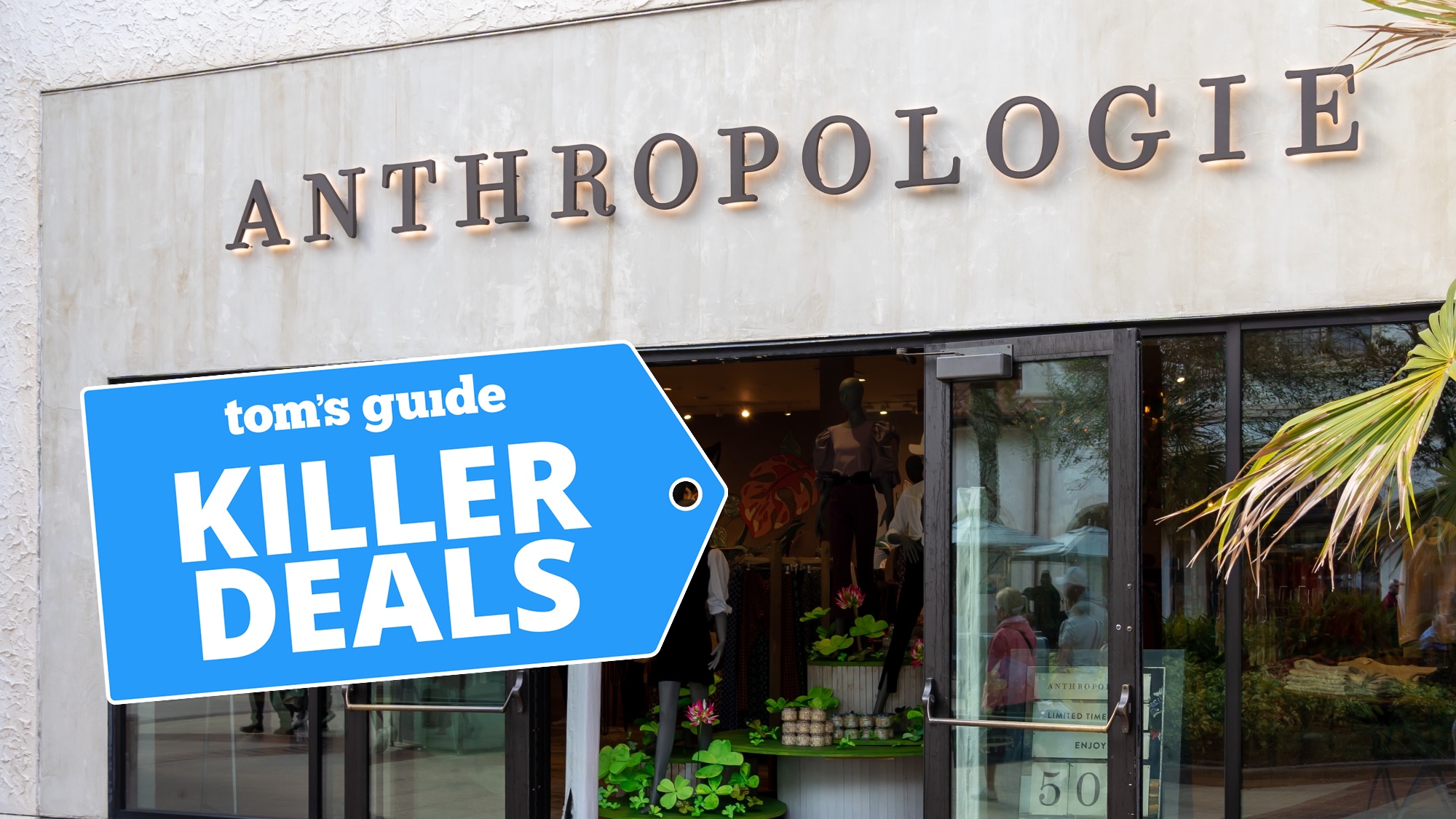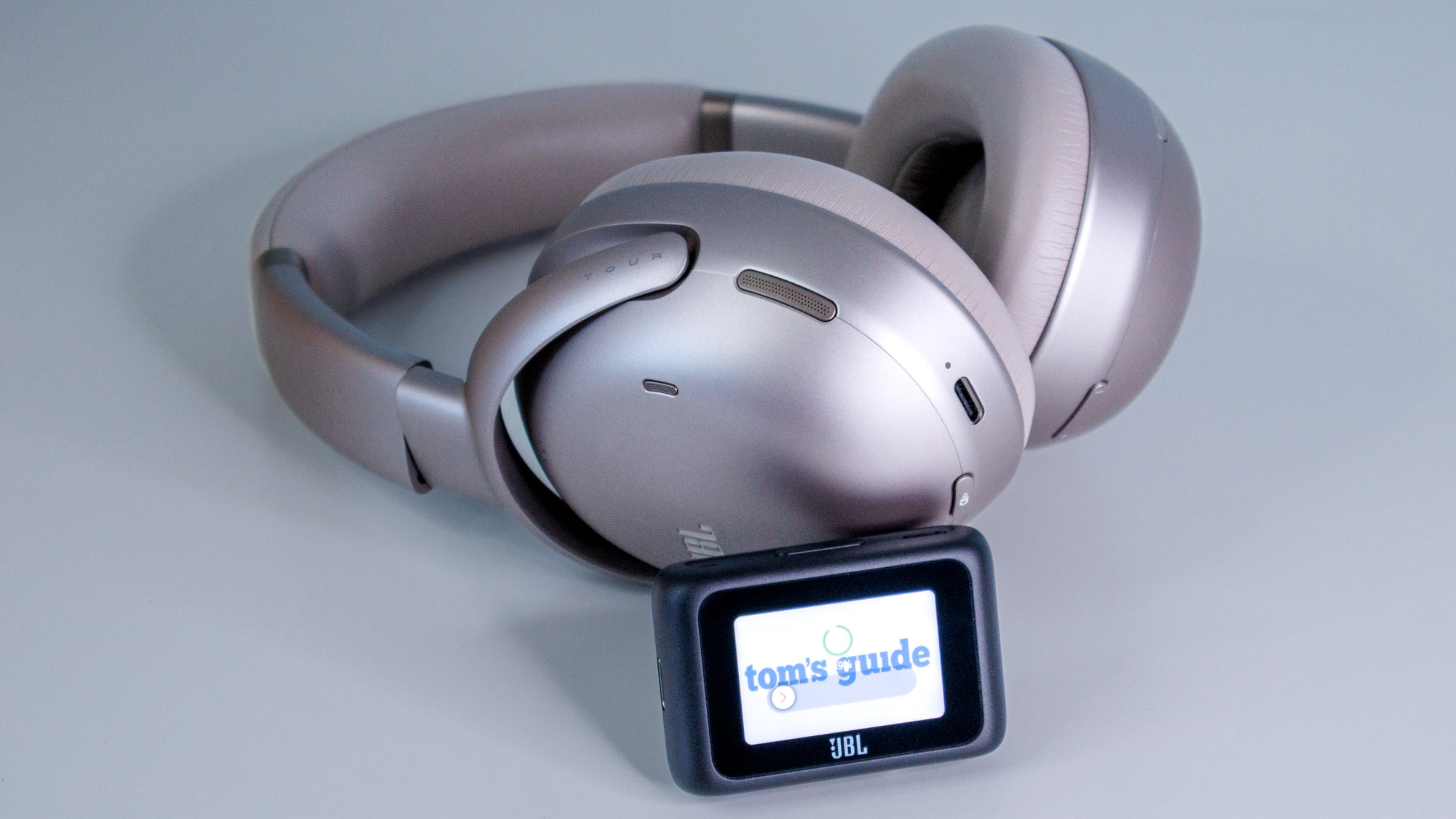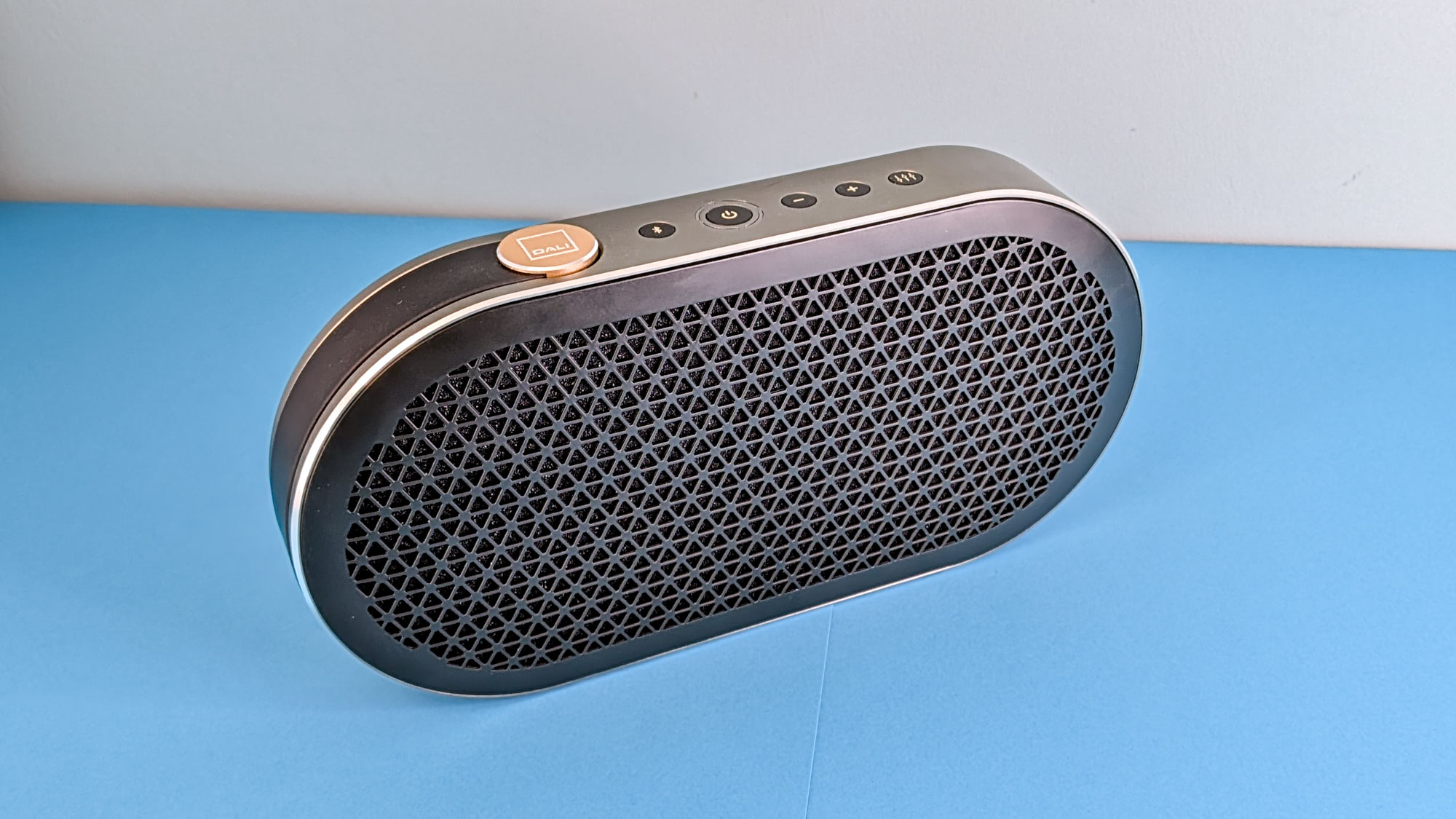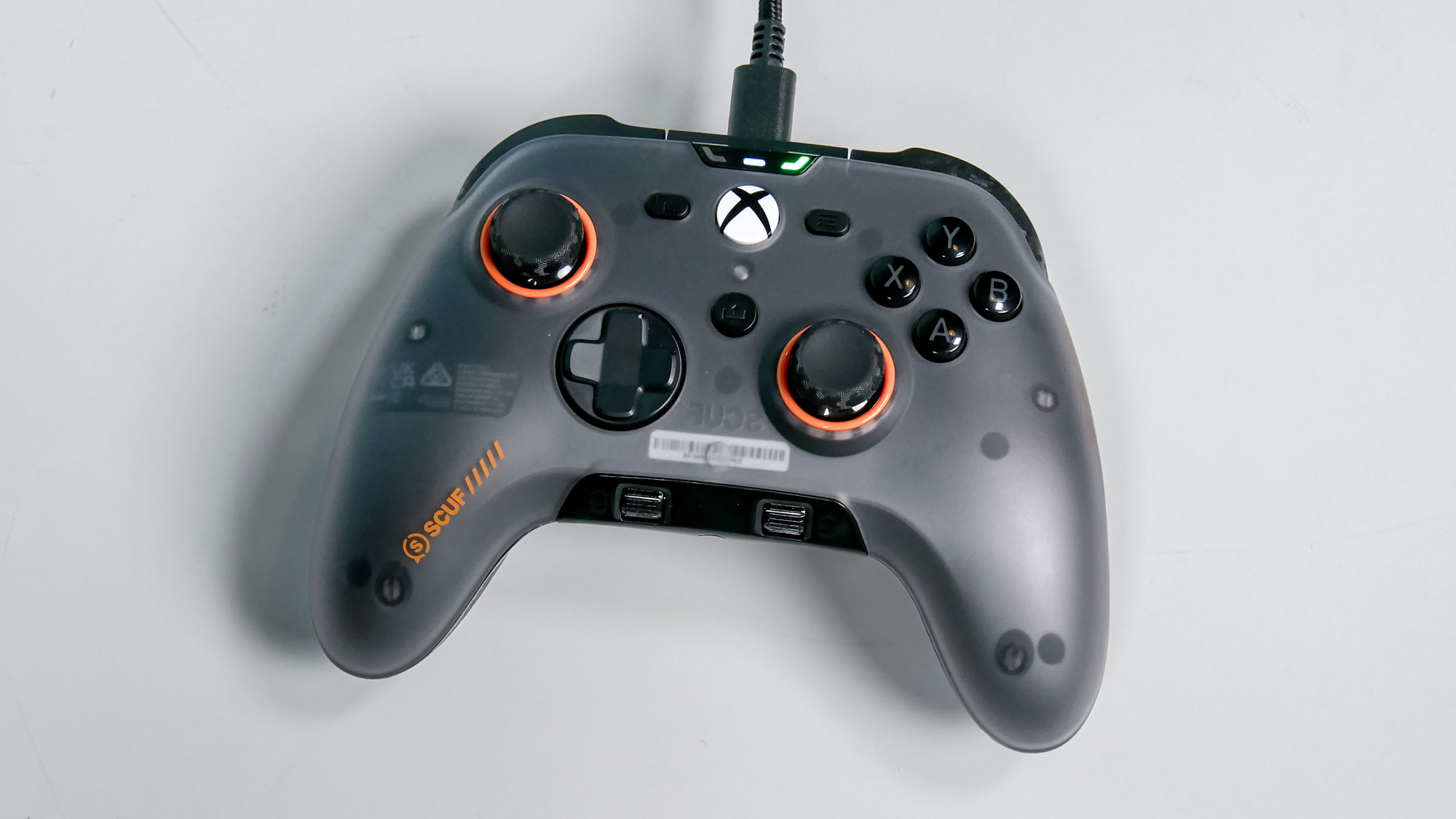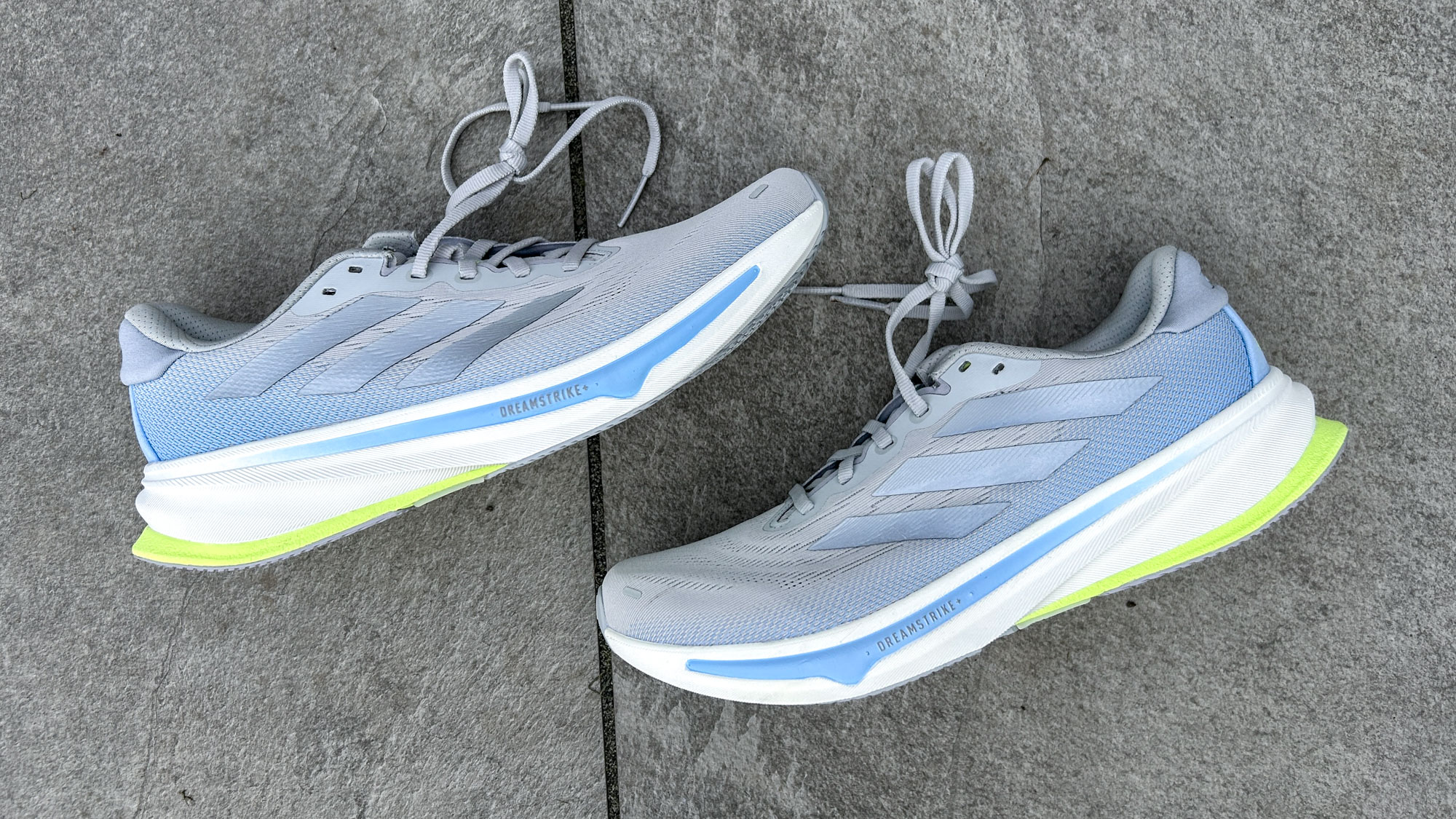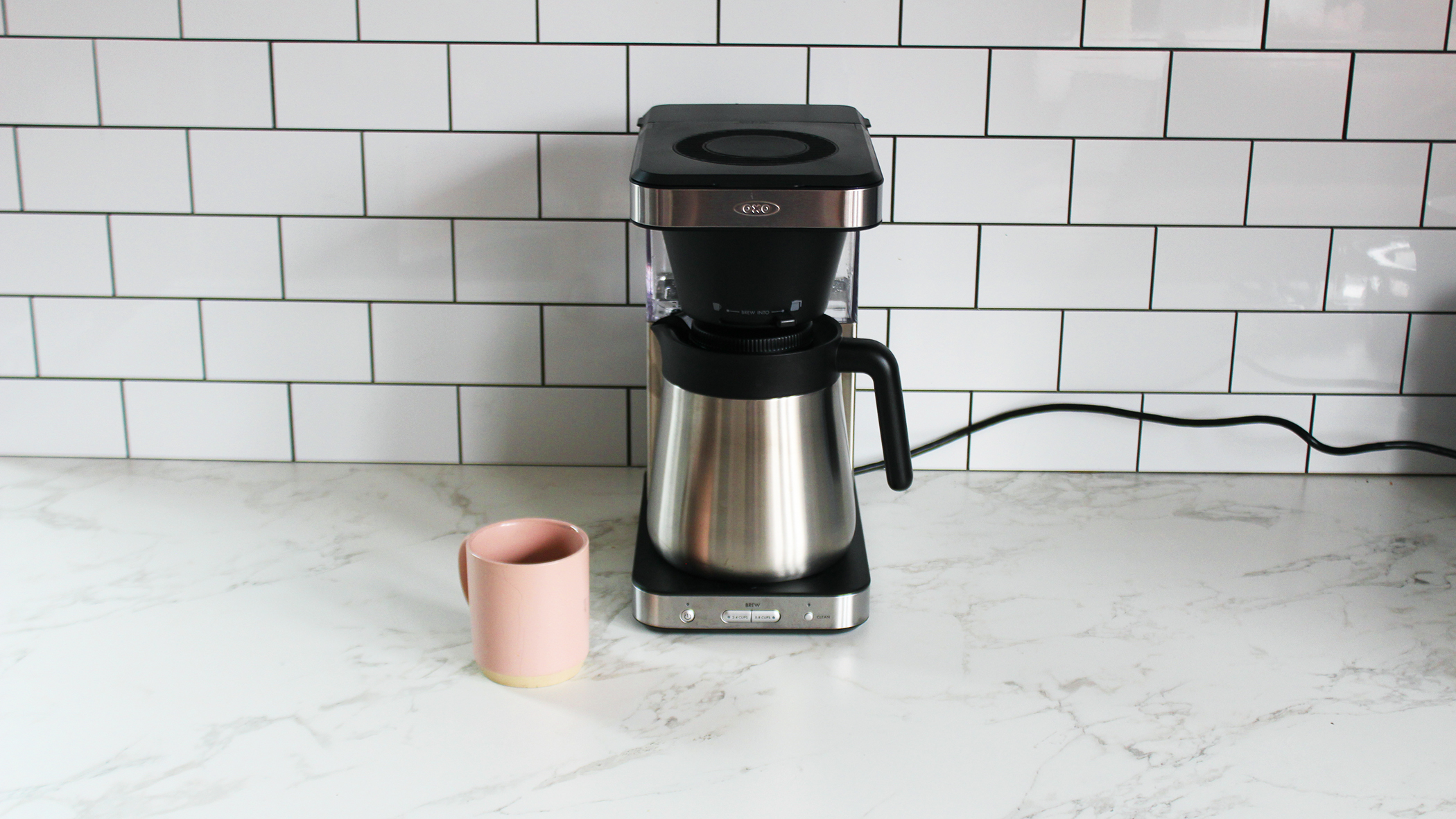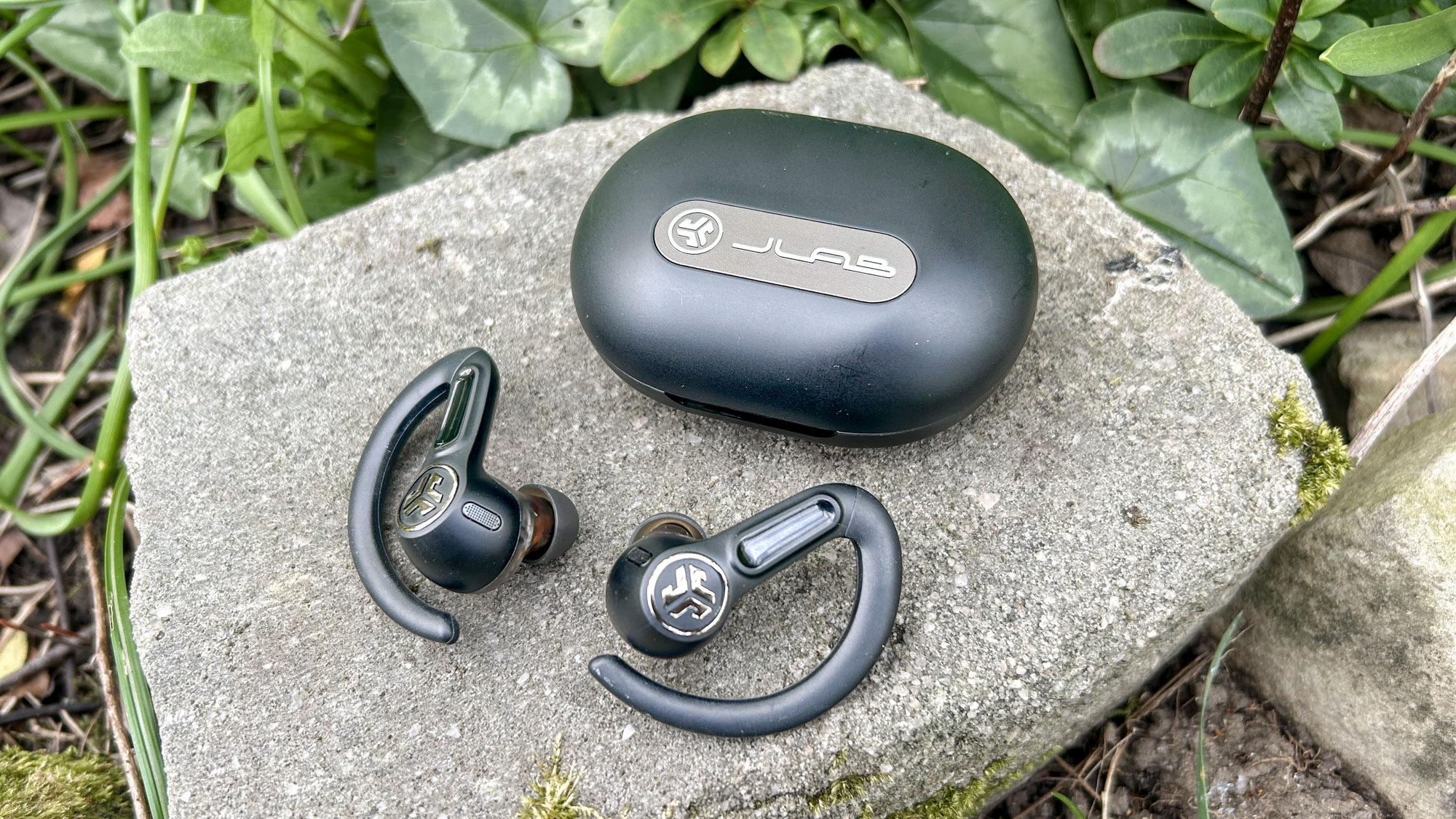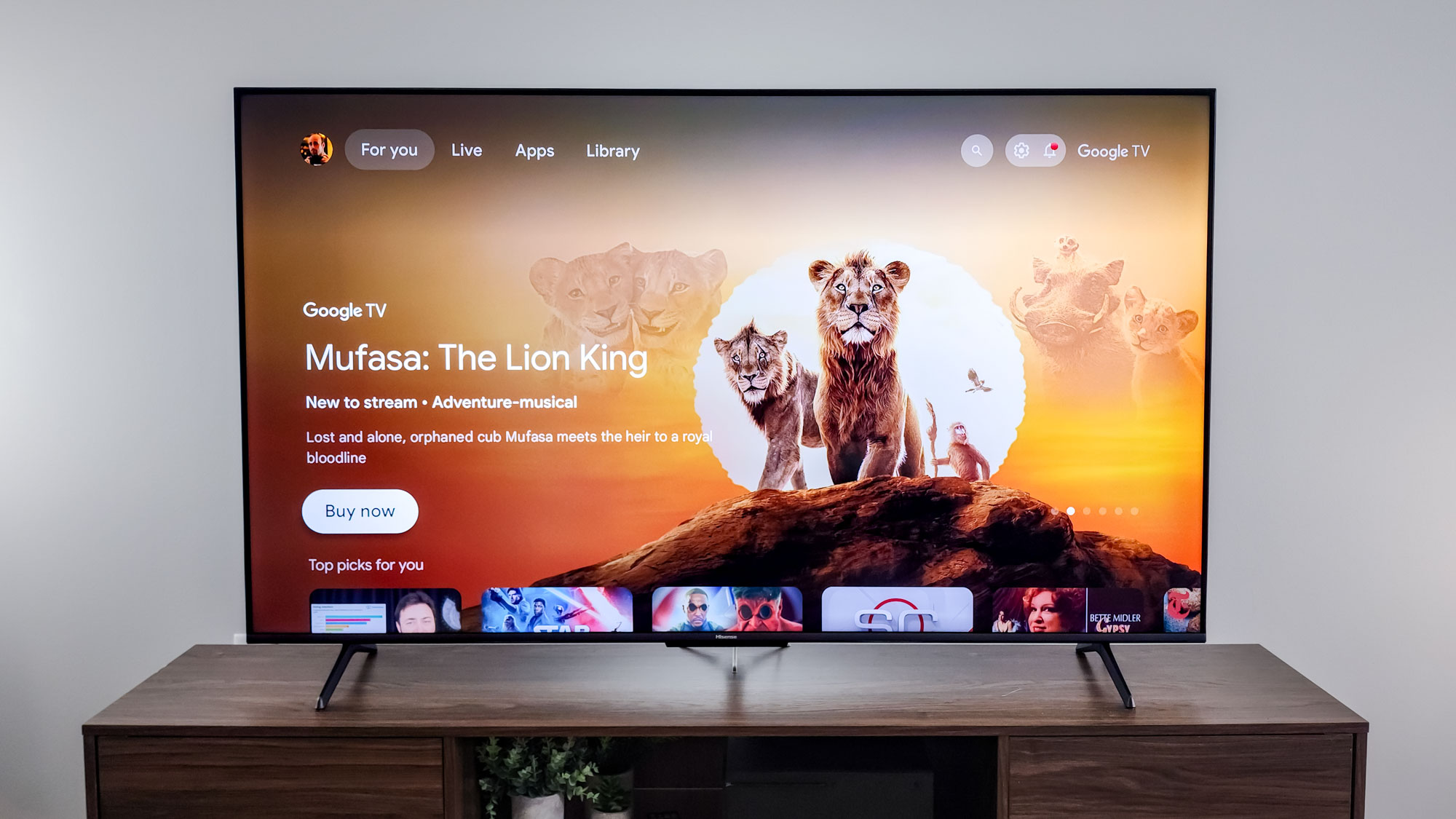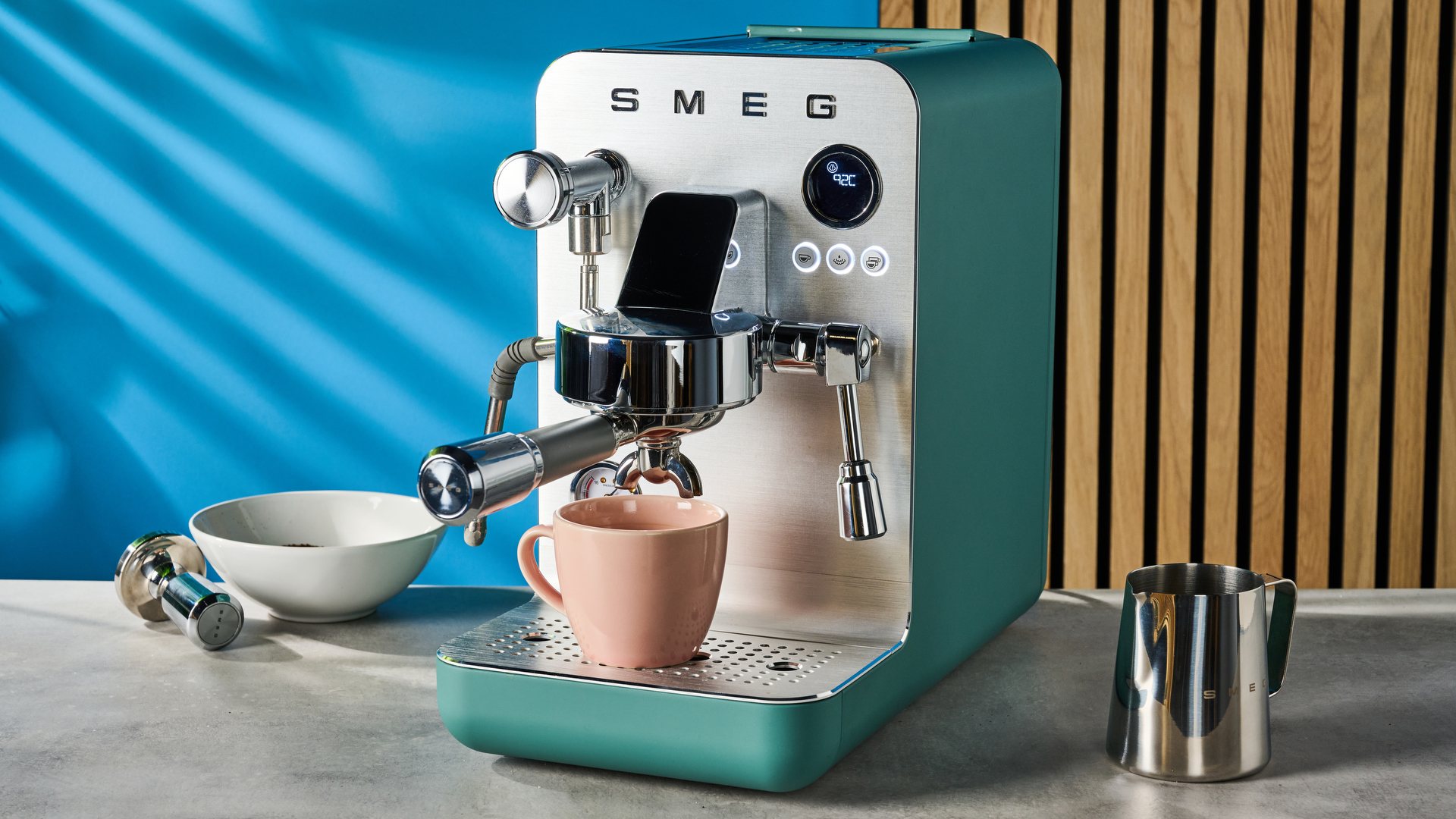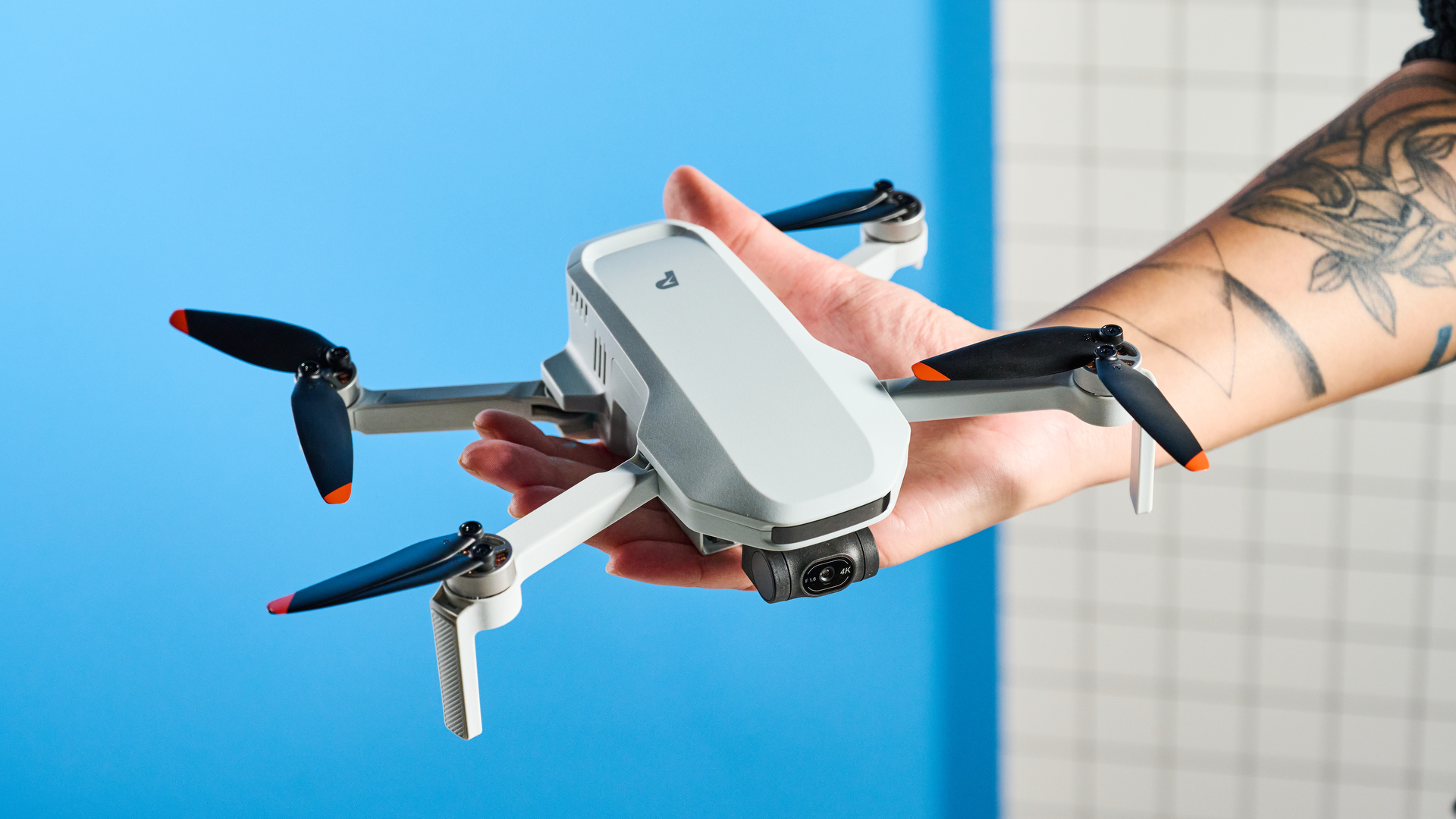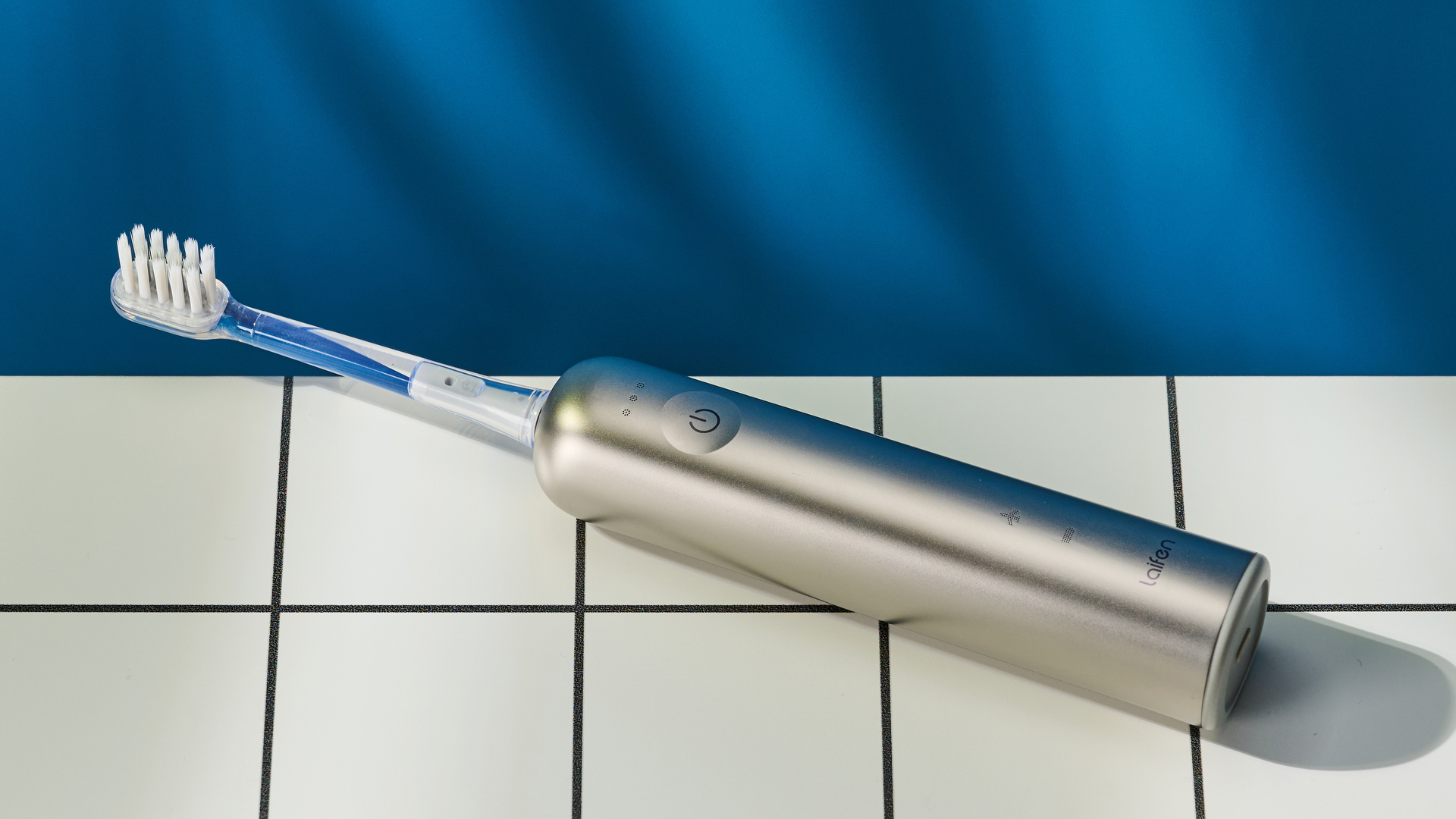Tom's Guide Verdict
The Brooks Hyperion Elite 4 PB is comfortably the best racing shoe Brooks has released yet, with a new PEBA midsole foam delivering the performance that has been lacking in past models, including the standard Hyperion Elite 4.
Pros
- +
Bouncy PEBA midsole
- +
Propulsive carbon plate
- +
More natural than many super-shoes
Cons
- -
Not as aggressive as some racers
- -
More affordable rivals available
- -
Wait for the Hyperion Elite 5?
Why you can trust Tom's Guide
Brooks makes some of the best running shoes available for training, but its racing options have always fallen short of the standards of the best carbon plate running shoes. The Brooks Hyperion Elite 4 PB changes that and stands up well against other top super-shoes, even if I have a few still ahead of it on performance.
The Brooks Hyperion Elite 4 PB is actually the same shoe as the disappointing Hyperion Elite 4, with the exception that the midsole foam has been changed to DNA Gold, a new material made from PEBA, which is the foam used in the majority of top racing shoes like the Nike Alphafly 3.
It’s been a long time coming and I’m a little frustrated that Brooks put off adopting this foam and instead released four subpar versions of the Hyperion Elite first, but at least it’s here now. In my Brooks Hyperion Elite 4 PB review I’ll cover its pros and cons I’ve noticed after 65 miles of running and compare it to other top racers.
Brooks Hyperion Elite 4 PB review: price and availability
The Brooks Hyperion Elite 4 PB launched in February 2025 and costs $250 in the U.S. and £200 in the U.K., the same price as the standard Hyperion Elite 4, which launched in January 2024.
The price puts it in line with most carbon super-shoes in the U.S., while the U.K. it’s one of the cheaper options.
Brooks Hyperion Elite 4 PB review: design and fit
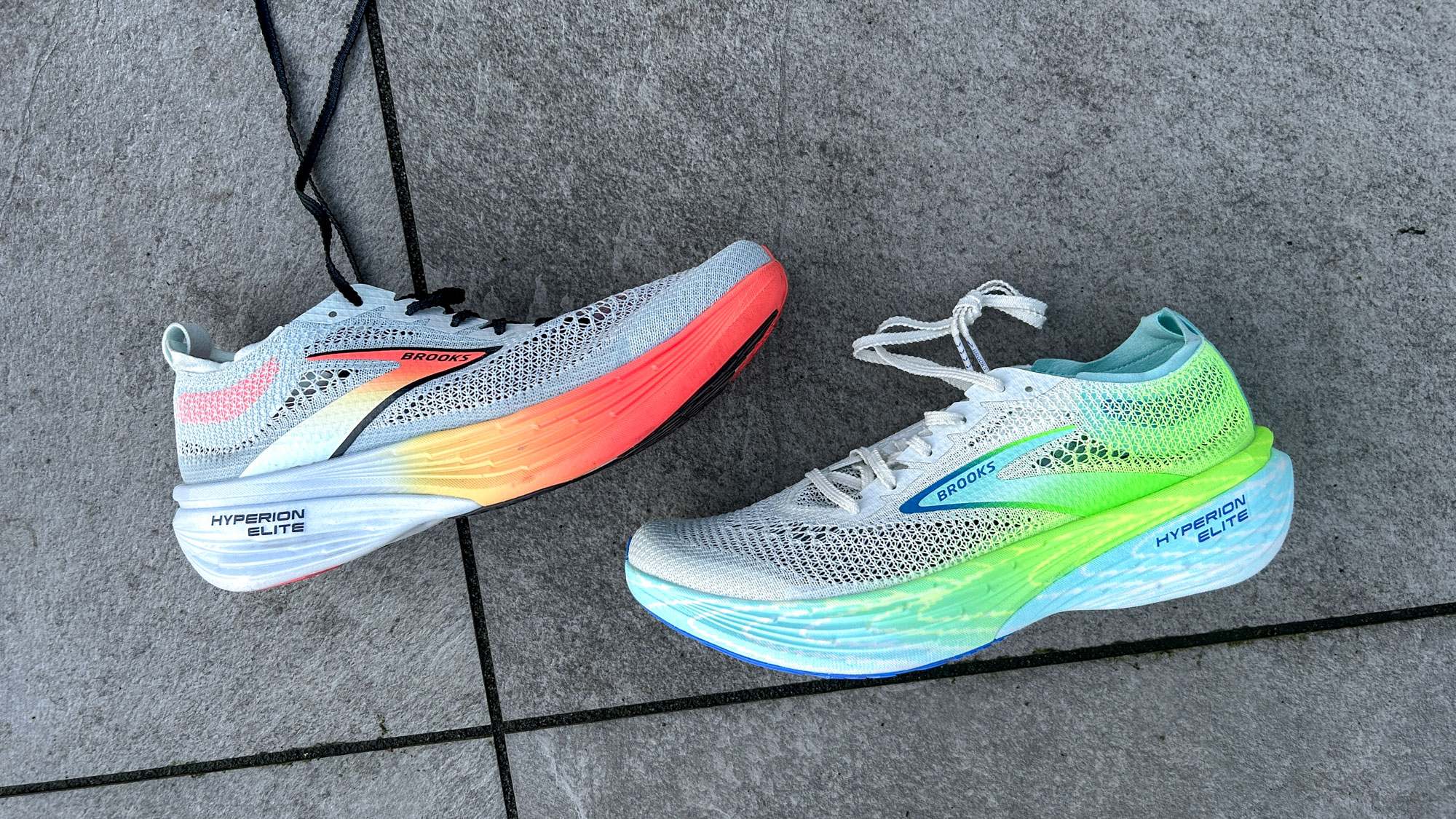
The Hyperion Elite 4 PB is currently only available in one color, the Bluewash/Green Gecko/Cobalt design I tested, and one width. It’s a narrow shoe, but fit me well in my normal running shoe size. I have a narrow foot though, and those with wider feet should try it on to see if they have enough room.
The stack height of the shoe is the same as on the Hyperion Elite 4, standing 40mm tall at the heel and 32mm at the forefoot for an 8mm drop. The introduction of a PEBA foam into the midsole makes the Elite 4 PB lighter than the standard model though. It’s 7.3oz in my US men’s 10, whereas the standard Elite 4 is 7.9oz in a US men’s 9.5.
Upper
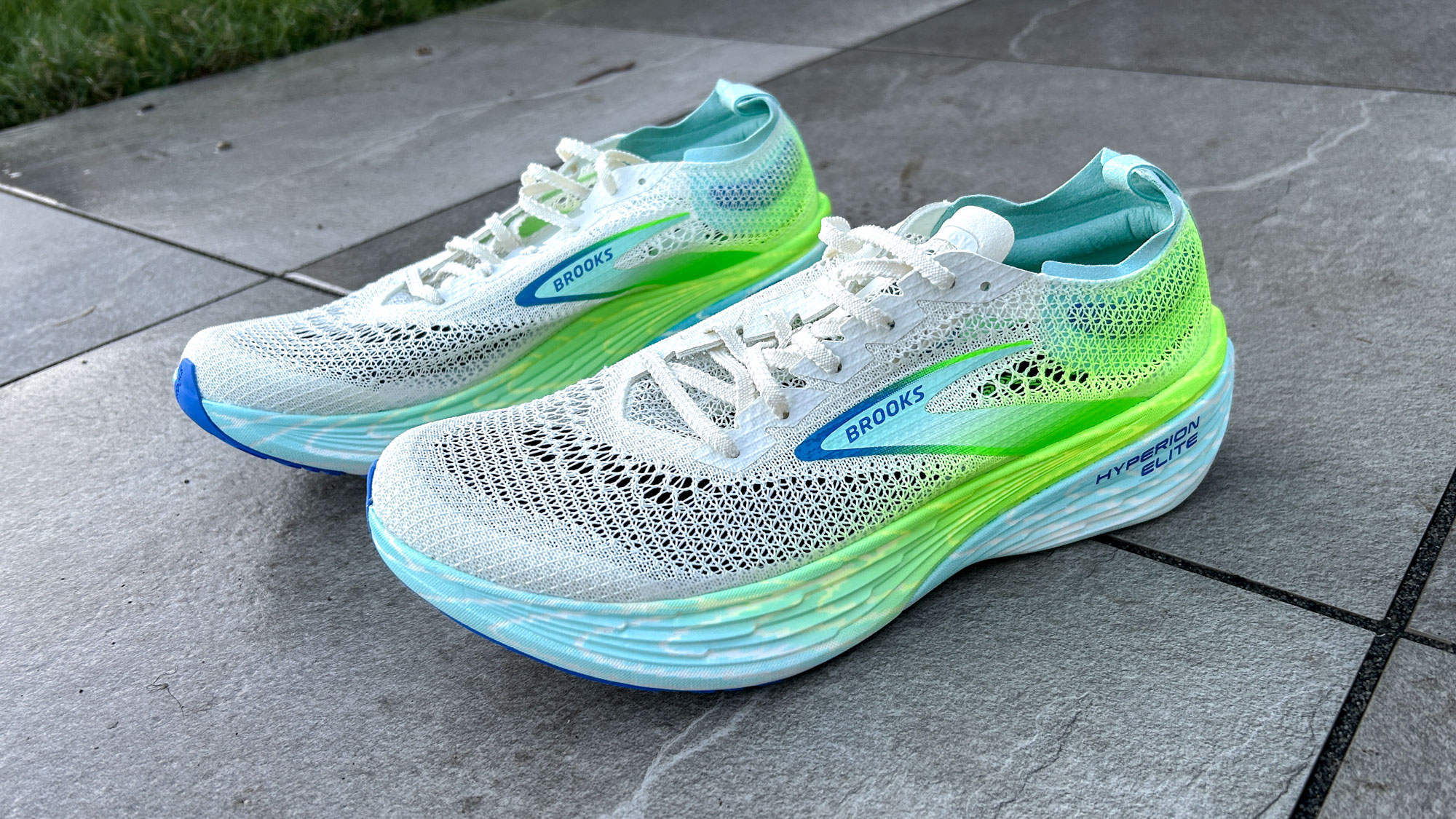
The upper on the Hyperion Elite 4 PB is a very thin and breathable material, which helps to keep the weight of the shoe down. There is a small strip of padding on the inside of the heel, but no heel counter or other supportive elements.
It’s a great upper for fast running, locking down the foot securely without any extraneous material, and the saw-style laces won’t ever come undone mid run. It’s also certainly breathable enough for any conditions.
Midsole
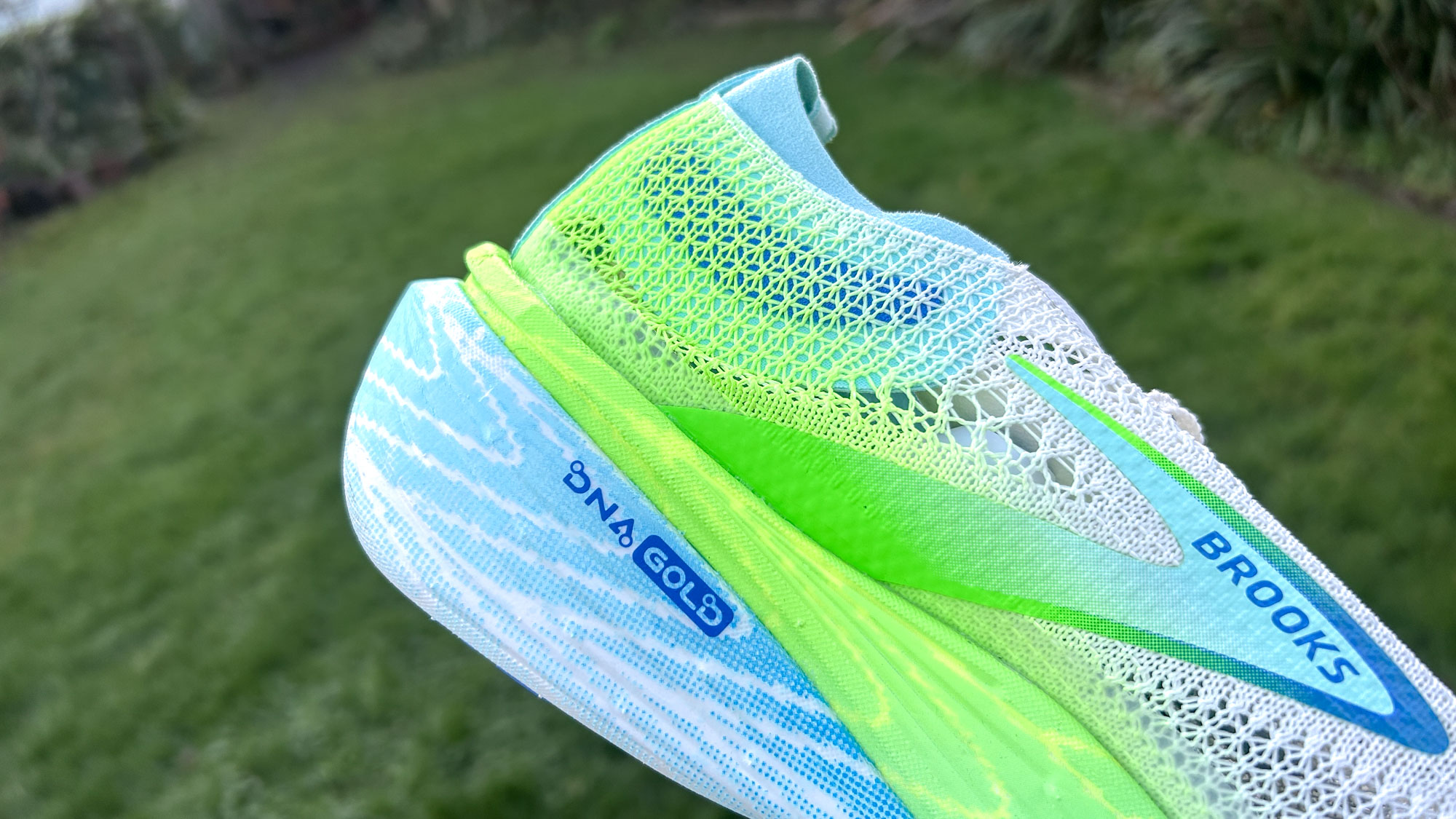
I’ve been wondering for a few years why Brooks hasn’t just swapped the foam in its midsole for PEBA, and always assumed it was more complicated than that. And yet that’s exactly what the brand has done here, replacing the nitrogen-infused EVA DNA Flash v2 midsole on the Hyperion Elite 4 for DNA Gold, a PEBA foam.
That change makes the shoe lighter, softer, springier, faster and more comfortable. It’s a clear upgrade and immediately elevates the Hyperion Elite 4 PB into the upper ranks of super shoes, all of which have been using similar foams for at least a couple of years already.
A cutout on the bottom of the shoe shows off the 3D-printed Arris plate, which is customized for each size of the shoe (rather than just being shrunk or stretched) to optimize the level of stiffness for different size shoes.
Outsole
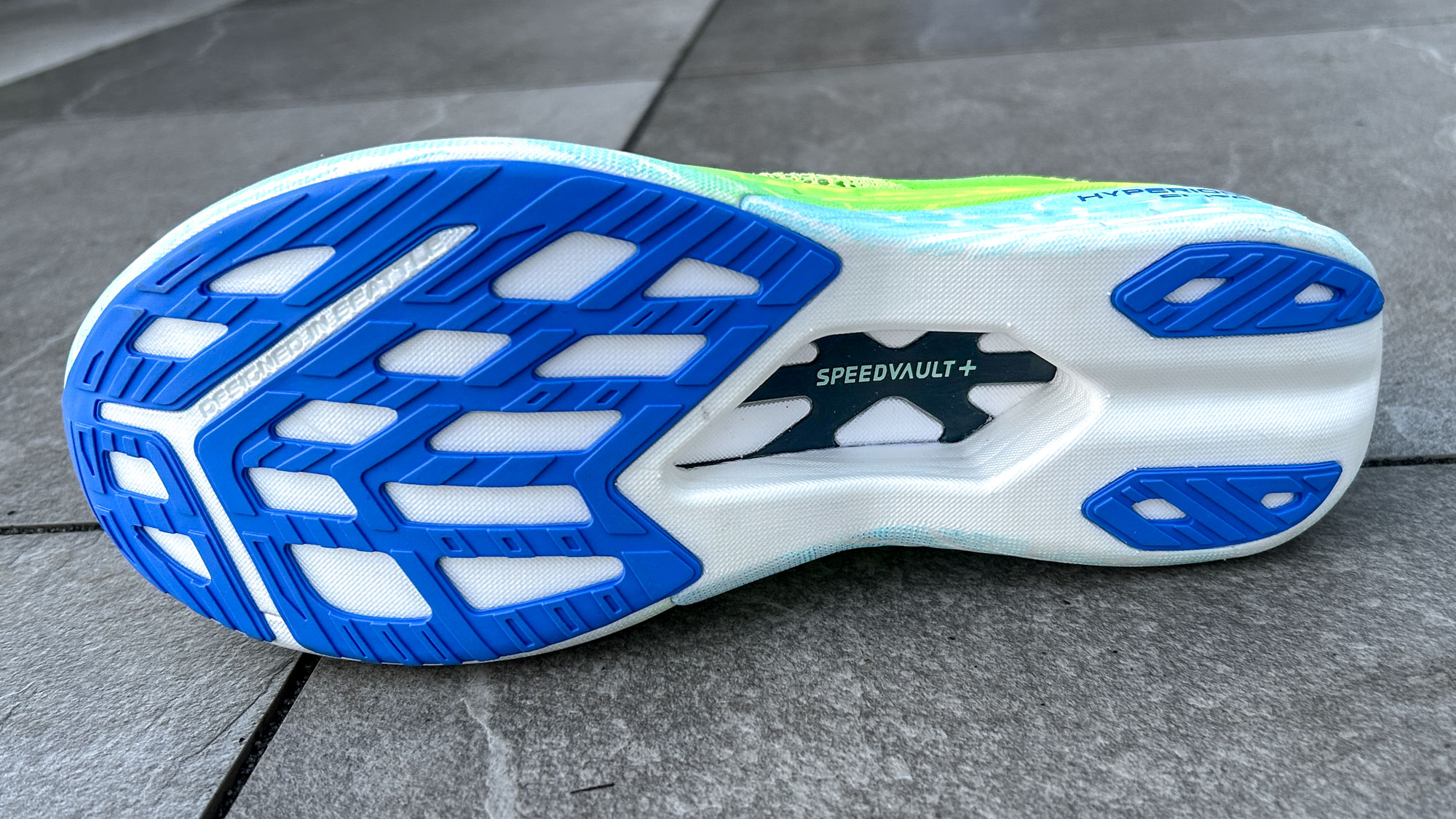
Brooks has used outsole rubber sparingly on the bottom of the Hyperion Elite 4 PB to keep the weight low, but the forefoot and heel have enough coverage to protect the soft midsole foam and the shoe has gripped well for me on both wet roads and a greasy running track.
Brooks Hyperion Elite 4 PB review: running performance
The Brooks Hyperion Elite 4 PB landed on my doorstep during the peak weeks of my marathon training, and as such it got a baptism of fire with a 22-mile long run at an average pace of 6:11/mile. Since then I’ve gone on to do three more hard workouts in the shoe, including a long session running a 16:16 5K parkrun sandwiched by two 34-minute 10Ks, and it’s impressed me every time.
While the standard Hyperion Elite 4 is a light and responsive shoe, it doesn’t have the rebound you get from the Elite 4 PB. It feels softer at the heel, and protects the legs better on long runs, and gives a lot more back in terms of energy return.

In short, it does all the things you expect a modern day racing shoe to do. The high stack of cushioning reduces the impact on your legs of running hard, especially over long distances, but the shoe is still very light and responsive thanks to the springy foam and carbon plate.
The Hyperion Elite 4 doesn’t have as squishy and bouncy a ride as some shoes, notably the Nike Alphafly 3, Hoka Cielo X1 or Saucony Endorphin Elite 2, but it does feel more natural than those shoes on the run, and it has an enjoyably light and nimble ride.
I found it similar in many respects to the Puma Deviate Nitro Elite 3, which is actually a problem for the Brooks, because I’d say the Elite 3 is slightly better and comes in a little cheaper, and has the added bonus of Puma’s Pumagrip outsole, which offers the best grip I’ve come across in a racing shoe.
Should you buy the Brooks Hyperion Elite 4 PB?
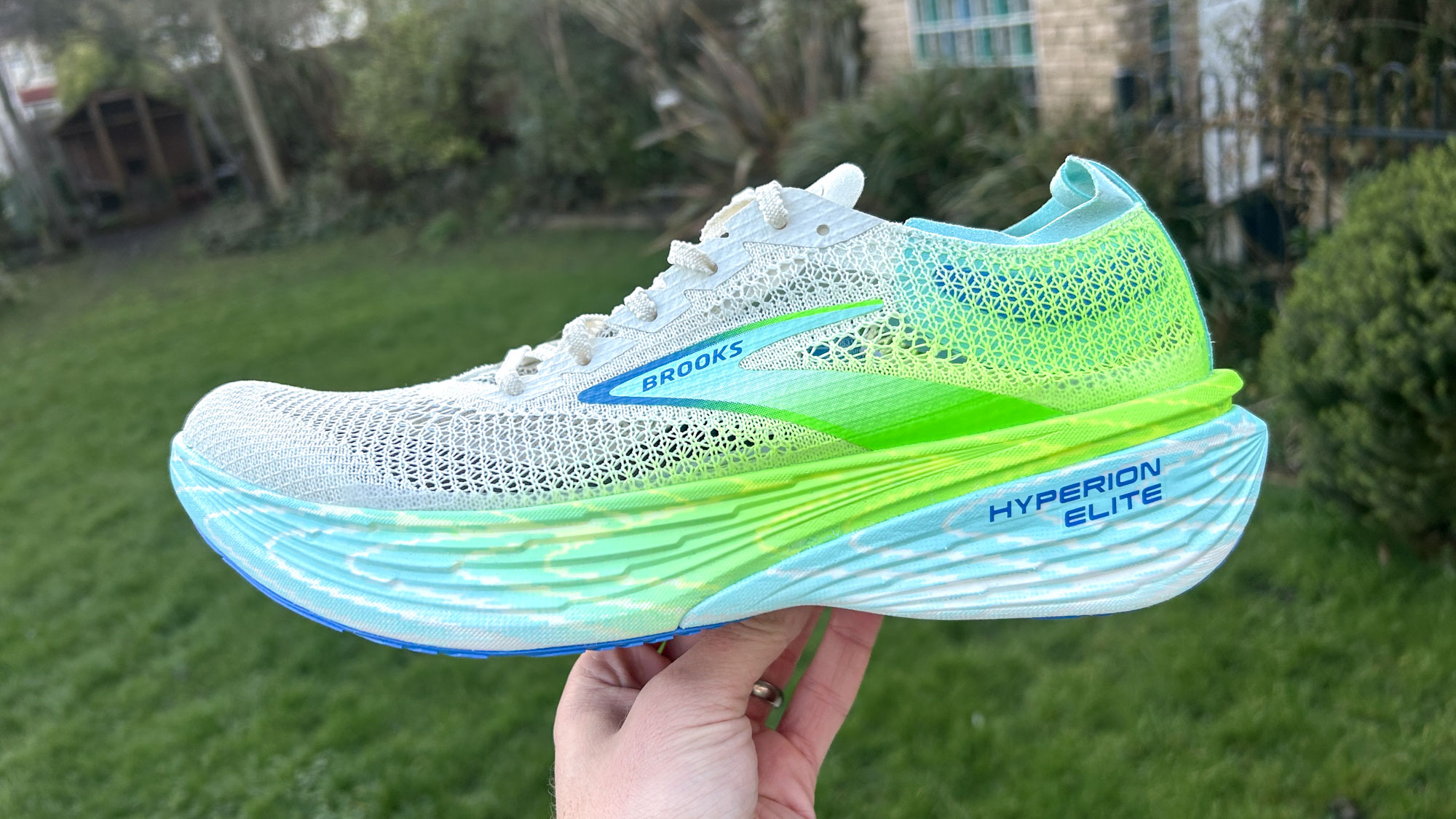
I think the Brooks Hyperion Elite 4 PB is a great racing shoe and stands up well against the best options on the market, but I’d probably not rush out to buy it just yet. There’s a couple of reasons for that, with one being the quality of other options and the other being the fairly imminent launch of the Brooks Hyperion Elite 5.
My top racing shoe at the moment is the Asics Metaspeed Sky Paris, which is even lighter and more responsive than the Hyperion Elite 4 PB, and as mentioned above the Puma Deviate Nitro Elite 3 is similar but more impressive in my book.
Those who want a bouncier feeling from their super-shoes should look at the Nike Alphafly 3, which excels over marathon distance in particular, or the Hoka Cielo X1
Those who want a bouncier feeling from their super-shoes should look at the Nike Alphafly 3, which excels over marathon distance in particular, or the Hoka Cielo X1 for a durable carbon shoe that’s great for a lot of training as well as longer races.
With regards to the Hyperion Elite 5 it’s due to launch later this year and has the DNA Gold foam in a shoe designed to make even better use of that PEBA midsole. This might make it a more effective racer than the Hyperion Elite 4 PB, which just swapped the foam into the standard Hyperion Elite 4, the design of which should in theory have been set up for the firmer DNA Flash midsole.
If you do pick up the Hyperion Elite 4 PB you’ll be getting a very good racing shoe, and it’s a huge step in the right direction for Brooks. It at least puts them in the mix with other brands, and we’ll see later this year if the Hyperion Elite 5 can put at the front of the pack.

Nick Harris-Fry is an experienced health and fitness journalist, writing professionally since 2012. He spent nine years working on the Coach magazine and website before moving to the fitness team at Tom’s Guide in 2024. Nick is a keen runner and also the founder of YouTube channel The Run Testers, which specialises in reviewing running shoes, watches, headphones and other gear.
Nick ran his first marathon in 2016 after six weeks of training for a magazine feature and subsequently became obsessed with the sport. He now has PBs of 2hr 27min for the marathon and 15min 30sec for 5K, and has run 13 marathons in total, as well as a 50-mile ultramarathon. Nick is also a qualified Run Leader in the UK.
Nick is an established expert in the health and fitness area and along with writing for many publications, including Live Science, Expert Reviews, Wareable, Coach and Get Sweat Go, he has been quoted on The Guardian and The Independent.
-
dshathaway Hi Nick, appreciate your reviews here and on the runtesters. I tend to pick up slightly more stable shoes for any given role. Currently use Puma Magmax for easy days and Superblast 2 for pretty much everything else. Would the Hyperion Elite 4 PB make for a slightly more stable track session and 10k/HM racer than most carbon alternatives?Reply
